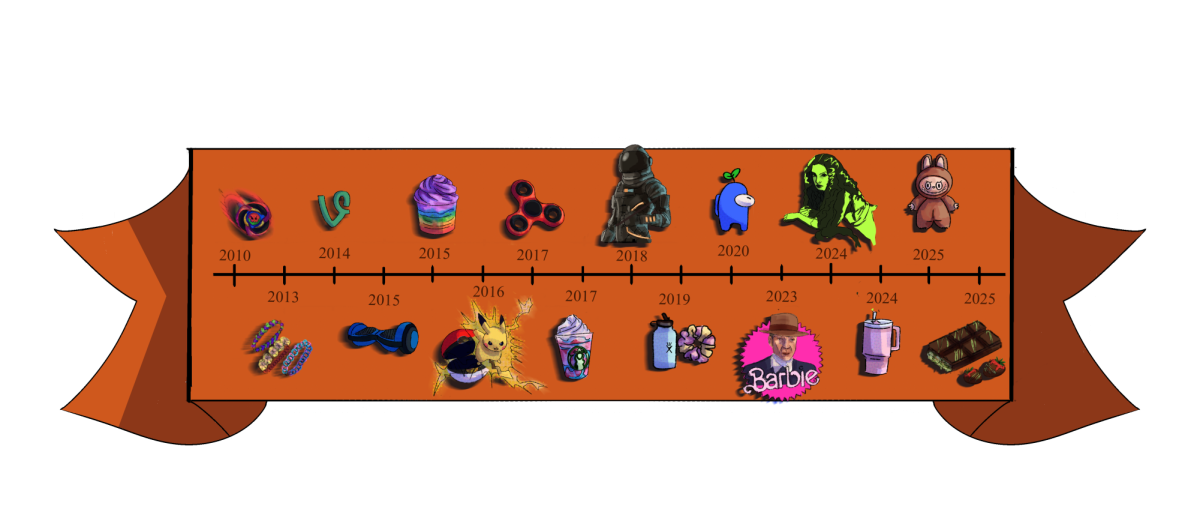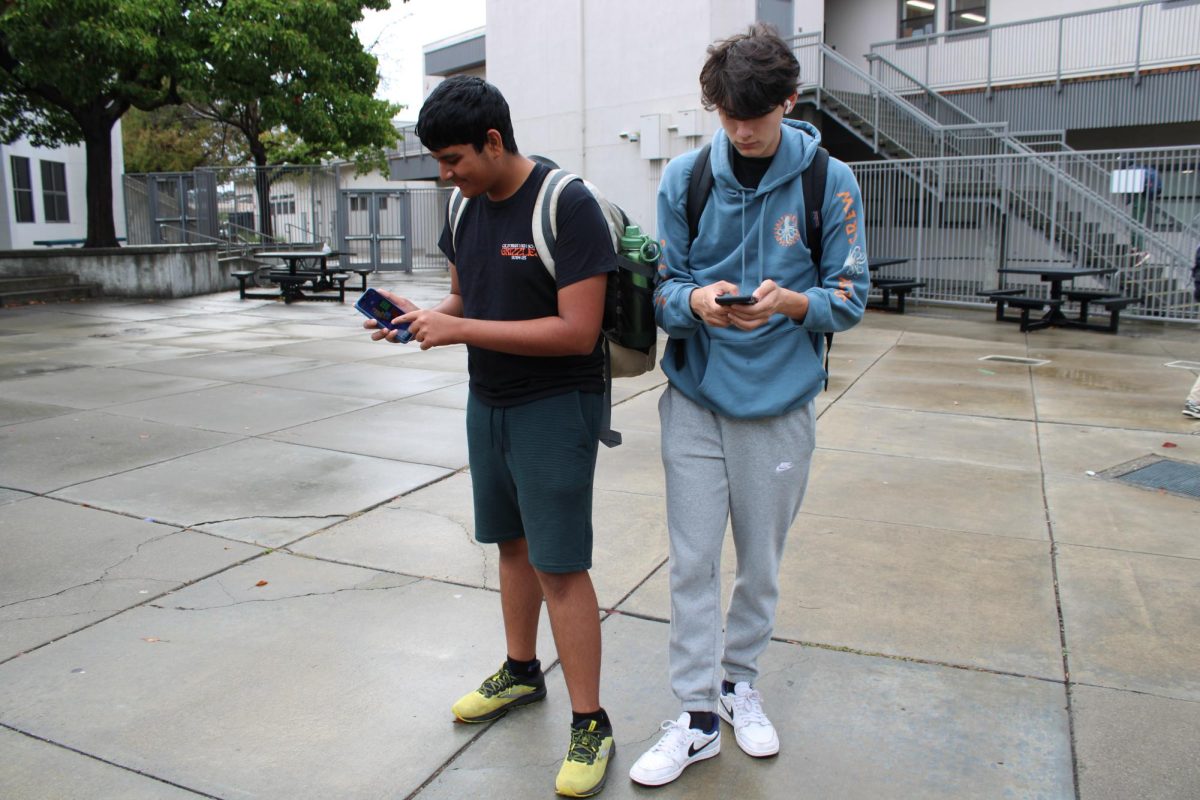By Shahzeen Nasim
Why is math teacher J.P. Singh’s classroom completely devoid of posters, while history teacher Rob Sloan’s walls are plastered with art?
These are just a few creative tactics teachers have invented to make their classroom environment more efficient.
Teachers incorporate psychology into their classroom environment and methods of teaching to boost student learning and make education more engaging.
Sloan covers every blank space on his walls with historical posters.
“My room is a constant reminder that history, art, civilization is all around us, all the time,” Sloan said.
Psychology is a two-way street, Sloan said. He observes student’s behavior, such as body language, to run his class more efficiently.
“If a student is leaning way back, or draping over the chair, you know you need to move onto something else,” said Sloan.
History teacher Scott Hodges says the key to effective teaching is to create a safe, comfortable environment.
“It’s important for teachers to be authentic,” said Hodges. “If they can be themselves, students feel like they can too and that eliminates distraction.”
Teachers often use incentives to encourage class participation.
French teacher Patricia Goldin brings a bucket of bonbons to reward students for answering intelligent questions and giving correct answers.
Senior Joanne Tse believes this made her French class more engaging.
“Little things like that make learning more appealing, and more fun,” Joanne said. “It’s hard to focus on a class you don’t like, and hard to like a class that’s all work and no play.”
AP Calculus teacher Jean Dillman lets her students become so involved they sometimes take over the whiteboard and teach the class themselves.
“I think Dillman believes that when we discuss what we’re learning, we’ll retain it better and understand it more clearly,” said sophomore Seohyun Kim.
History teacher Kathleen Seabury creates class projects designed for students to take a lesson they learned in the classroom and apply it in real life. These include team-building activities, where students work in groups to finish tasks she assigns. By doing this repeatedly, Seabury hopes to condition her students to handle problems in real life by working with others.
Even PE teachers use psychology. Body Boot Camp instructor Corinne Petrich has her students close their eyes and envision themselves lifting a weight that was too heavy for them before.
Senior Bryan Nguyen, who took body shaping as a sophomore, said he uses this technique even now when he feels overwhelmed.
“When I sit down and actually imagine myself doing something, I stop doubting that I can’t do it,” he said. “I stop worrying and second guessing myself, and turn that energy into something productive.”




